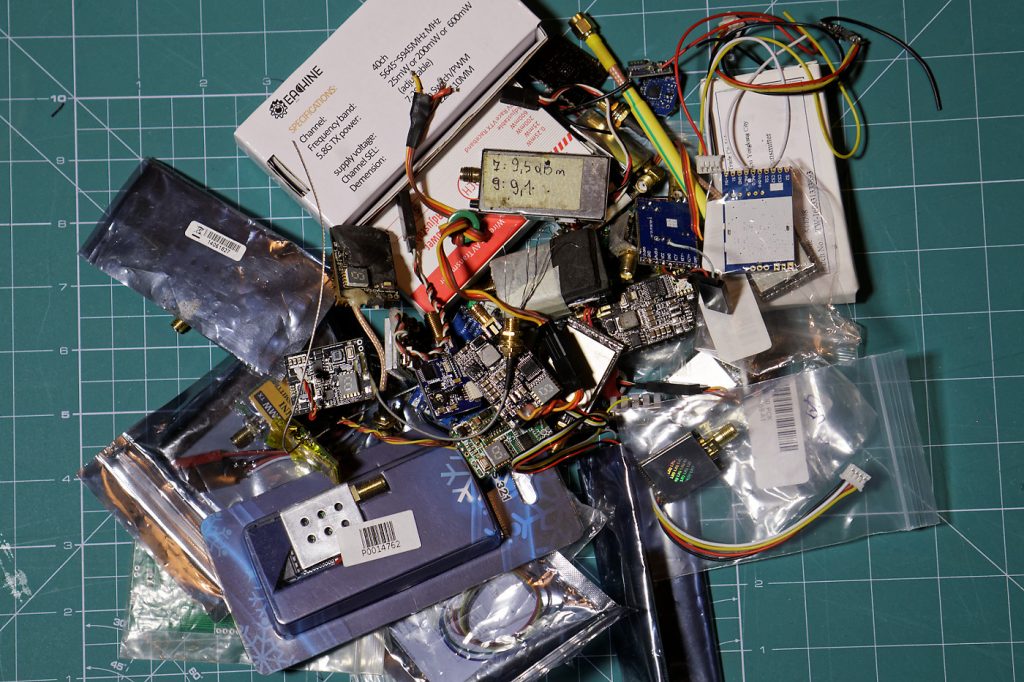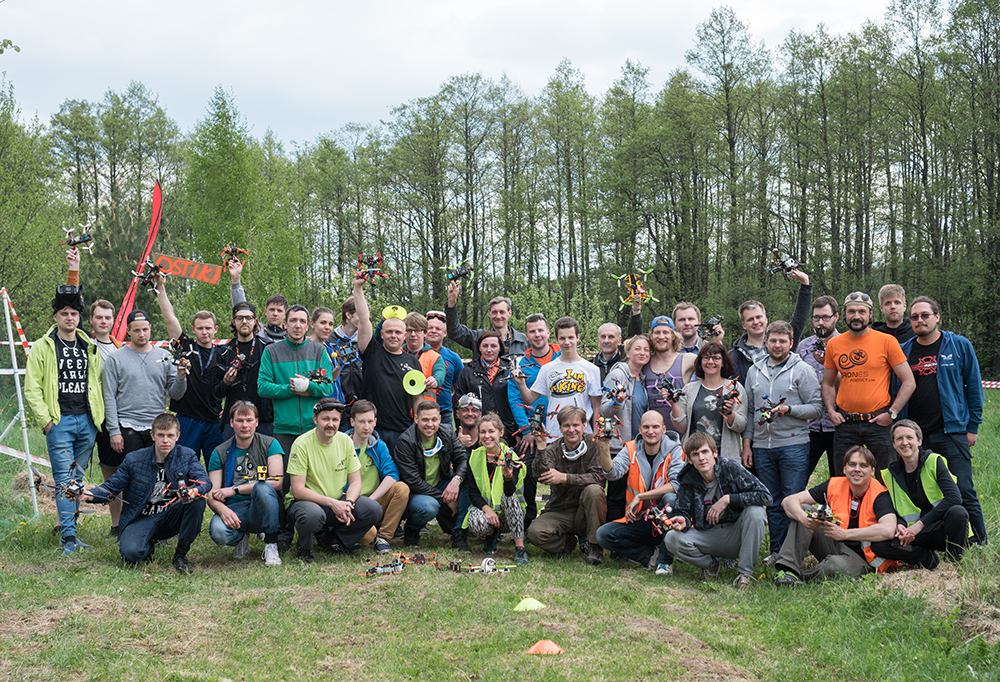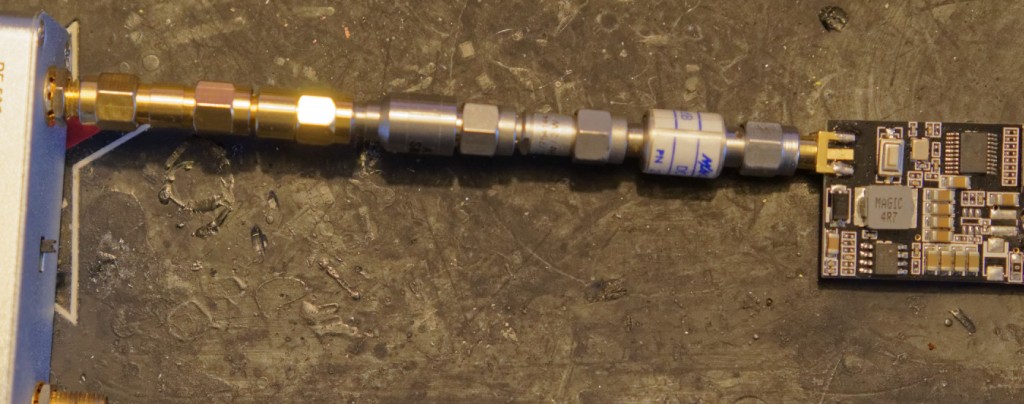First part is here: http://lag.lt/latency-comparison-on-screens-for-hmd-fpv-use/
Got new firmware for my HMD, purchased some equipment for testing, borrowed goggles and did another measurement. Entire chain:
Sony Xperia Z1 compact => HS1177 => BF OSD => VTX03 => HMD/Goggles – so, keep in mind that visible latency is from entire chain included. Results in short:
- LTD056EV7F (my HMD with 5.6″ screen and RTD2662, firmware from smth like 2016.06): min: 29, max: 55, avg: 44ms. Main issue – blur on screen itself (old type LCD screen)
- Headplays with low latency firmware: min: 30, max: 69, avg: 39ms. Slightly less blurry than old Toshiba 5.6″, but more blur compared to any goggles.
- Quanum Fatshark Genesis: min: 45, max: 89, avg: 64ms. Again, less blurry compared to my HMD, but still more than goggles.
- Fatshark Dominator v2: min: 31, max: 51, avg 38ms.
- Fatshark Attitude v3 (should be the same optics dom v2?): min: 27, max: 69, avg: 50ms. Maybe optics is identical to doms, but something is different in processing chain, because averages are clearly higher.
Photo samples if someone is interested (taken with SONY A6300 + Samyang 8mm F2.8, ISO 25600 EV -2.7, but allways at 1/4000 shutter speed, so you know what quality to expect =)


